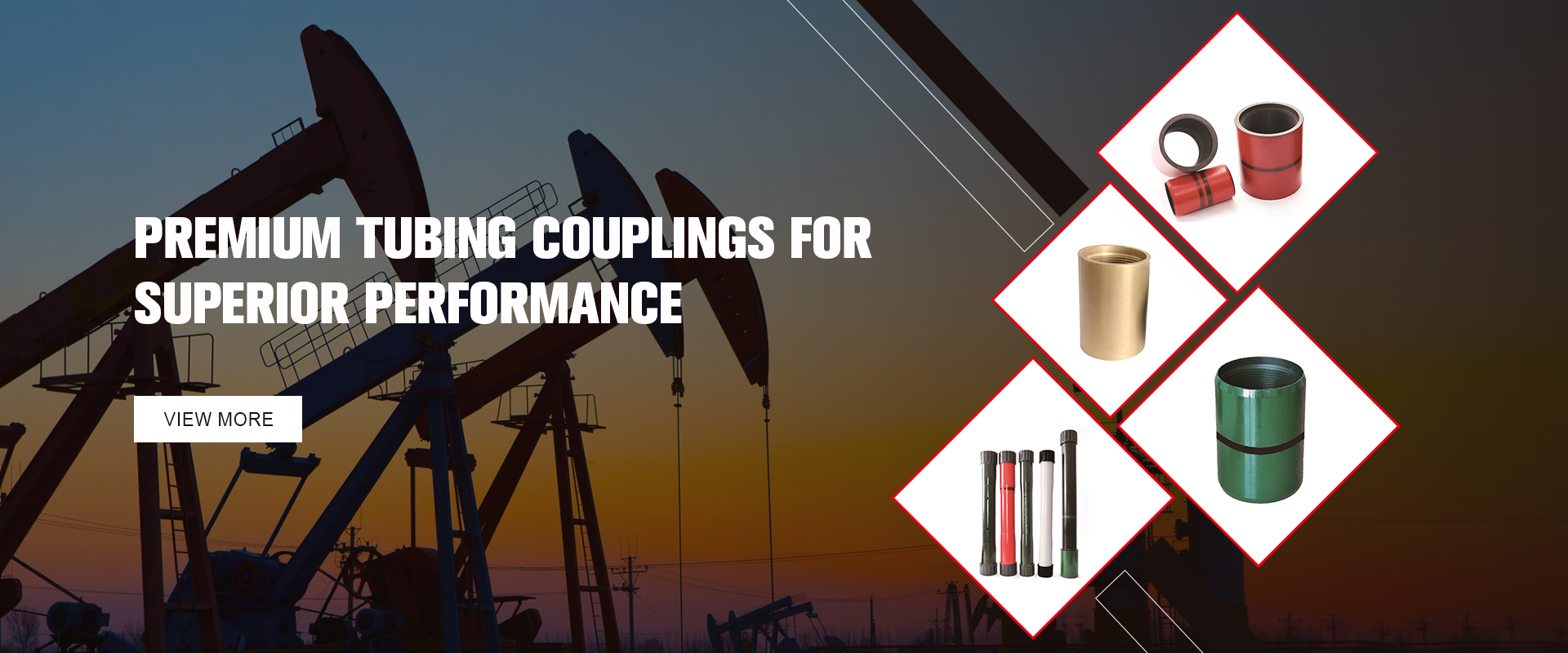- Afrikaans
- Albanian
- Amharic
- Arabic
- Armenian
- Azerbaijani
- Basque
- Belarusian
- Bengali
- Bosnian
- Bulgarian
- Catalan
- Cebuano
- Corsican
- Croatian
- Czech
- Danish
- Dutch
- English
- Esperanto
- Estonian
- Finnish
- French
- Frisian
- Galician
- Georgian
- German
- Greek
- Gujarati
- Haitian Creole
- hausa
- hawaiian
- Hebrew
- Hindi
- Miao
- Hungarian
- Icelandic
- igbo
- Indonesian
- irish
- Italian
- Japanese
- Javanese
- Kannada
- kazakh
- Khmer
- Rwandese
- Korean
- Kurdish
- Kyrgyz
- Lao
- Latin
- Latvian
- Lithuanian
- Luxembourgish
- Macedonian
- Malgashi
- Malay
- Malayalam
- Maltese
- Maori
- Marathi
- Mongolian
- Myanmar
- Nepali
- Norwegian
- Norwegian
- Occitan
- Pashto
- Persian
- Polish
- Portuguese
- Punjabi
- Romanian
- Russian
- Samoan
- Scottish Gaelic
- Serbian
- Sesotho
- Shona
- Sindhi
- Sinhala
- Slovak
- Slovenian
- Somali
- Spanish
- Sundanese
- Swahili
- Swedish
- Tagalog
- Tajik
- Tamil
- Tatar
- Telugu
- Thai
- Turkish
- Turkmen
- Ukrainian
- Urdu
- Uighur
- Uzbek
- Vietnamese
- Welsh
- Bantu
- Yiddish
- Yoruba
- Zulu
stainless steel reducer coupling
Understanding Stainless Steel Reducer Couplings A Comprehensive Guide
Stainless steel reducer couplings are essential components in various plumbing, piping, and industrial applications. These fittings play a critical role in connecting pipes of different diameters, allowing for a seamless transition between sizes while maintaining the integrity and flow of the system. This article will delve into the features, benefits, applications, and maintenance of stainless steel reducer couplings.
What is a Stainless Steel Reducer Coupling?
A reducer coupling is a type of fitting used to join two pipes of different diameters. It typically features a larger end and a smaller end, allowing the flow of liquids or gases from a wider pipe to a narrower one. The material used, stainless steel, provides durability, strength, and resistance to corrosion, making these couplings suitable for various environments, including harsh chemicals and high-pressure systems.
Features of Stainless Steel Reducer Couplings
1. Material Composition Stainless steel, primarily composed of iron, carbon, and a minimum of 10.5% chromium, offers enhanced corrosion resistance compared to regular steel. It is also less prone to rust, making it ideal for both indoor and outdoor applications.
2. Variety of Types Stainless steel reducer couplings come in various types, including concentric and eccentric reducers. Concentric reducers maintain a symmetrical shape, ensuring consistent flow, while eccentric reducers allow for the installation of the coupling at specific angles.
3. Size Flexibility These couplings are available in an extensive range of sizes, catering to different piping needs. This flexibility is crucial for industries where adaptability to varying specifications is necessary.
4. Threaded or Welded Connections Reducer couplings can be designed for threaded or welded connections, allowing for easy installation and ensuring a leak-proof seal. This versatility makes them suitable for numerous applications.
Benefits of Using Stainless Steel Reducer Couplings
1. Corrosion Resistance One of the most significant advantages of stainless steel is its resistance to corrosion and staining. This property ensures a longer lifespan and reduces maintenance costs associated with replacements.
2. Strength and Durability Stainless steel is known for its high tensile strength, making reducer couplings capable of withstanding high pressures and extreme temperatures. This durability is particularly beneficial in demanding industrial environments.
stainless steel reducer coupling

3. Hygienic Properties The non-porous surface of stainless steel makes it easy to clean, reducing the risk of contamination. This feature is crucial in the food and pharmaceutical industries, where hygiene is paramount.
4. Aesthetic Appeal Stainless steel has a modern and polished look that can enhance the aesthetic of any installation, making it a preferred choice in visible applications.
Applications of Stainless Steel Reducer Couplings
Stainless steel reducer couplings are employed in various industries, reflecting their versatility
1. Plumbing They are commonly used in residential and commercial plumbing systems to connect different pipe sizes, ensuring efficient water flow.
2. Oil and Gas In the oil and gas industry, these couplings are utilized for safe and efficient transportation of fluids across varying pipe diameters.
3. Food Processing The hygienic properties of stainless steel make these couplings ideal for food processing plants, where contamination prevention is critical.
4. Chemical Industries Their resistance to corrosive substances makes stainless steel reducer couplings suitable for chemical plants, ensuring safety and compliance with industry standards.
Maintenance of Stainless Steel Reducer Couplings
While stainless steel is low maintenance, regular inspections are advisable to ensure that no wear or corrosion has developed. Cleaning the surfaces with appropriate non-abrasive materials will help maintain their appearance and functionality.
Conclusion
In summary, stainless steel reducer couplings are invaluable components in various piping systems, offering flexibility, reliability, and longevity. Their resistance to corrosion, ease of installation, and suitability for a wide array of applications make them a preferred choice among industry professionals. Understanding these fittings’ features and benefits ensures that users can make informed decisions when selecting components for their piping needs, ultimately leading to optimal performance and safety in their systems.
-
Tubing Pup Joints: Essential Components for Oil and Gas OperationsNewsJul.10,2025
-
Pup Joints: Essential Components for Reliable Drilling OperationsNewsJul.10,2025
-
Pipe Couplings: Connecting Your World EfficientlyNewsJul.10,2025
-
Mastering Oilfield Operations with Quality Tubing and CasingNewsJul.10,2025
-
High-Quality Casing Couplings for Every NeedNewsJul.10,2025
-
Boost Your Drilling Efficiency with Premium Crossover Tools & Seating NipplesNewsJul.10,2025







